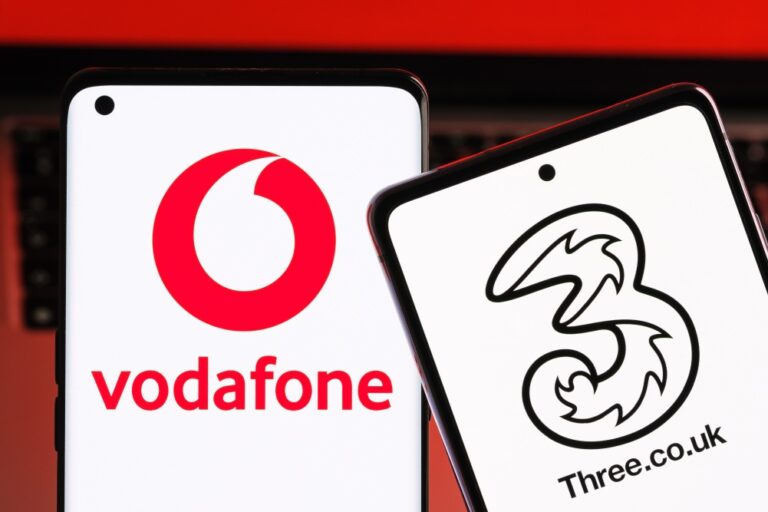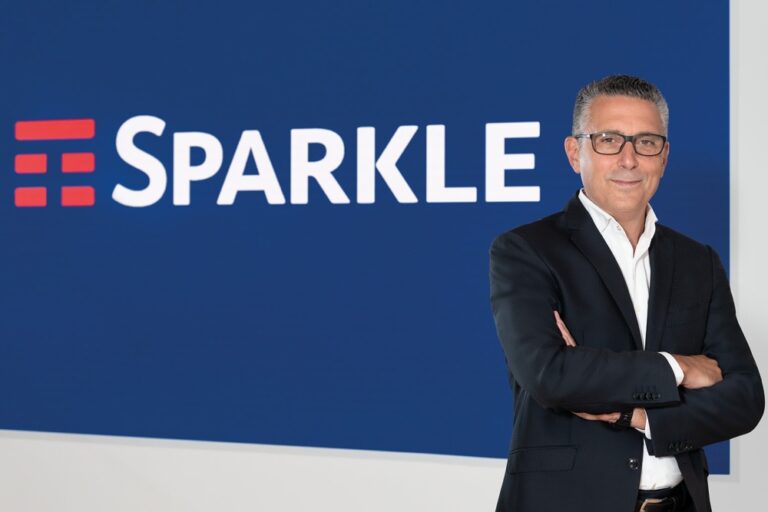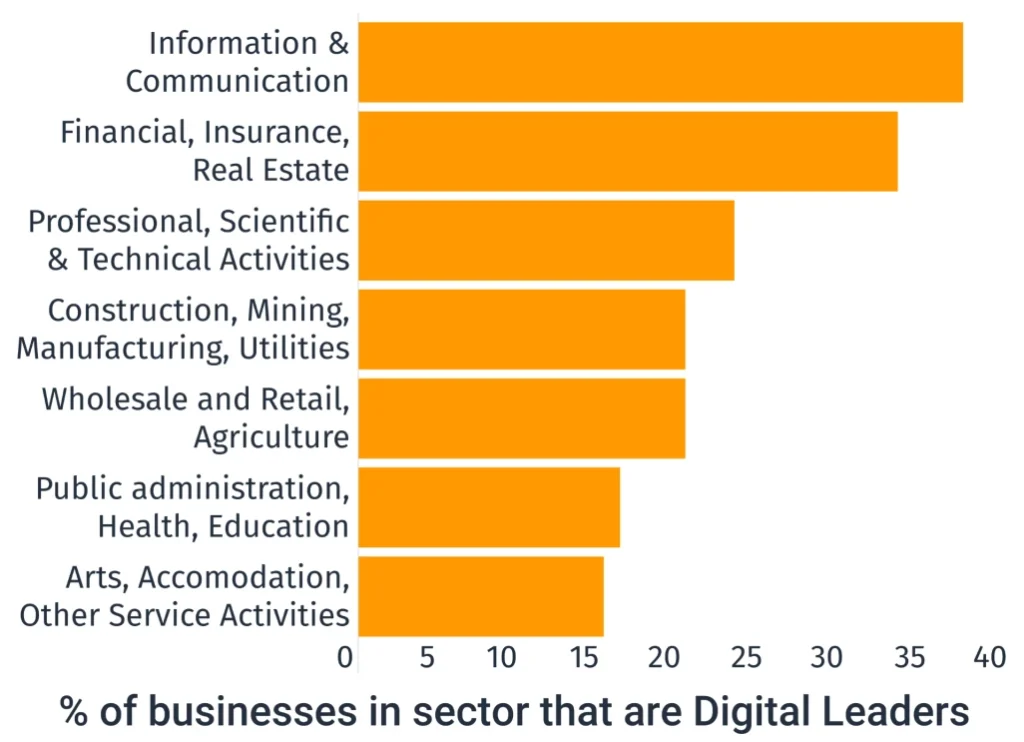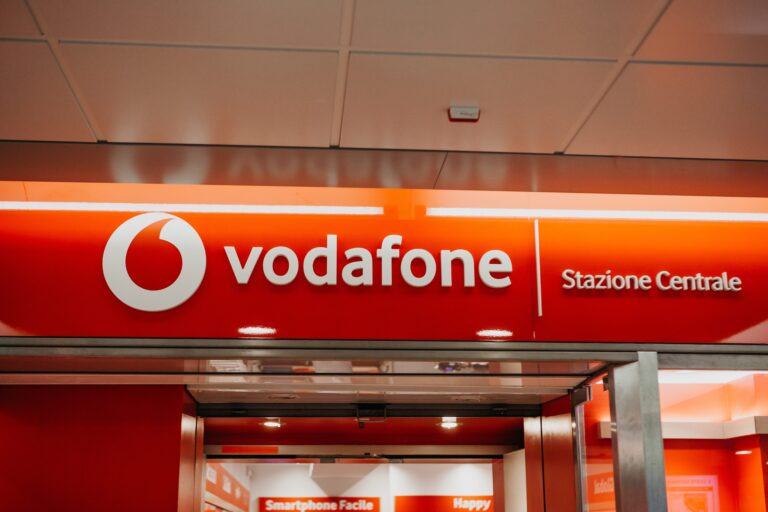Kester Mann: “The next three months may prove to be the most pivotal in the history of the UK telecoms sector”
No-one will be surprised to hear that the in-depth investigation by the Competition and Markets Authority (CMA) has provisionally found competition concerns over Vodafone’s planned merger with Three in the UK.
The investigation, led by an independent inquiry group, provisionally concluded that the merger would lead to price increases for tens of millions of mobile customers or customers would be offered less in their contracts, such as smaller amounts of data per month.
Apparently the CMA has particular concerns that these outcomes would “negatively affect those customers least able to afford mobile services as well as those who might have to pay more for improvements in network quality they do not value”.
The CMA has also provisionally found that the merger would negatively impact wholesale telecoms customers – MVNOs like Lyca Mobile, Sky Mobile and Lebara – which run on operators’ networks. The merger would reduce the number of network operators from four to three making it more difficult for MVNOs to secure competitive terms, restricting their ability to offer the best deals to retail customers.
Network quality not a valid argument
The CMA has also found that integrating Vodafone and Three’s networks could improve the quality of mobile networks and advance 5G networks and services, as claimed by Vodafone and Three. But the “considers that these claims are overstated, and that the merged firm would not necessarily have the incentive to follow through on its proposed investment programme after the merger”.
As a result, the CMA has provisionally concluded that the merger would lead to a substantial lessening of competition in the UK – in both retail and wholesale mobile markets.
The CMA will now consult on its provisional findings. It will also consult on potential solutions to its competition concerns, including the options set out in its remedies notice.
These include legally binding investment commitments overseen by the sector regulator, and measures to protect both retail customers and customers in the wholesale market. The CMA will retain the option to prohibit the merger should it conclude that other remedy options will not address its competition concerns effectively.
Margherita Della Valle, Vodafone’s Chief Executive, said: “Our merger is a catalyst for change. It’s
time to take off the handbrake on the country’s connectivity and build the world-class
infrastructure the country deserves. We are offering a self-funded plan to propel economic growth
and address the UK’s digital divide.
“Great network connectivity is a critical enabler of so many elements of our daily life and is central
to the future prospects of so many sectors. Businesses large and small are dependent on it and it
enables new industries – like AI – to thrive. It facilitates a step change in productivity and care
across the public sector, and it lies at the heart of every nation’s future prosperity.”
Transforming the UK’s telecoms infrastructure is vitally important for businesses, the
What the inquiry group says
Stuart McIntosh, chair of the inquiry group leading the investigation, said, “We’ve taken a thorough, considered approach to investigating this merger, weighing up the investment the companies say they will make in enhancing network quality and boosting 5G connectivity against the significant costs to customers and rival virtual networks.
We will now consider how Vodafone and Three might address our concerns about the likely impact of the merger on retail and wholesale customers while securing the potential longer-term benefits of the merger, including by guaranteeing future network investments.
The CMA welcomes responses to its provisional findings by 04 October 2024 and its notice of possible remedies by 27 September 2024. They will be considered ahead of the CMA issuing its final report, which is due by 7 December 2024.
Still everything to play for
Kester Mann, Director, Consumer and Connectivity, CCS Insight, comments, “At first glance, the CMA’s concerns make for uncomfortable reading for Vodafone and Three as they battle for approval for their crucial merger. However, many of [them] had been outlined previously, notably the potential for higher prices and likely impact on the wholesale market. The main knockback to the merging parties is that the CMA considers claims of superior network quality post integration to be ‘overstated’.”
He continues, “The CMA offers a potential path to approval through a range of remedies. Crucially, it appears willing to consider ‘behavioural remedies’ such as enhanced network access for virtual providers or safeguards for retail customers. This is significant as many had feared that more onerous ‘structural remedies’ – such as selling assets or supporting a new entrant – would be required.
“In this sense, Vodafone and Three should be encouraged by the tone of the CMA’s report which appears more open to the merger than I was expecting.”
Mann concludes, “The ball is now firmly back in the court of Vodafone and Three. They need to quickly assess these proposals and make further suggestions ahead of a final deadline in early December. The next three months may prove to be the most pivotal in the history of the UK telecoms sector.
“I retain my view that approving the merger would be the best outcome for the future of the UK mobile industry. A combined Vodafone and Three can make more efficient investments and push BT and Virgin Media O2 to raise their game too, boosting the market’s long-term connectivity credentials.”
World-class infrastructure
Margherita Della Valle, Vodafone’s Chief Executive, said in response to the CMA’s preliminary findings, “Our merger is a catalyst for change. It’s time to take off the handbrake on the country’s connectivity and build the world-class infrastructure the country deserves. We are offering a self-funded plan to propel economic growth and address the UK’s digital divide.
“Great network connectivity is a critical enabler of so many elements of our daily life and is central to the future prospects of so many sectors. Businesses large and small are dependent on it and it enables new industries – like AI – to thrive. It facilitates a step change in productivity and care across the public sector, and it lies at the heart of every nation’s future prosperity.”
Transforming the UK’s telecoms infrastructure is vitally important for businesses, the public sector, the UK’s technological advancement, and the government’s stated mission to kickstart economic growth.”
More information can be found on the Vodafone / CK Hutchison JV case page and on the detailed guidance page.















